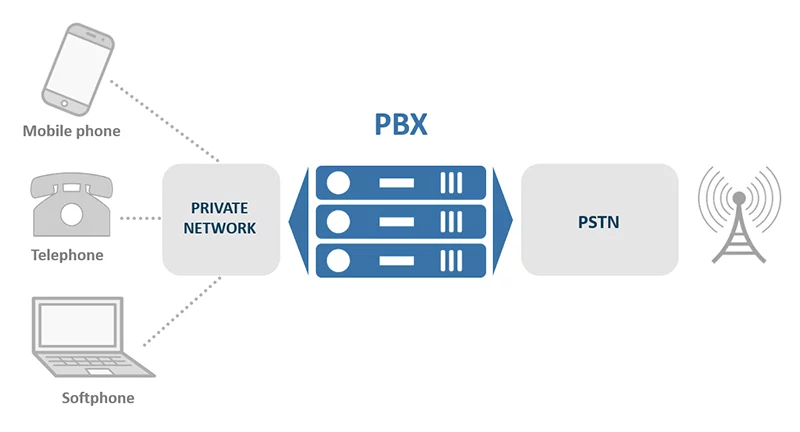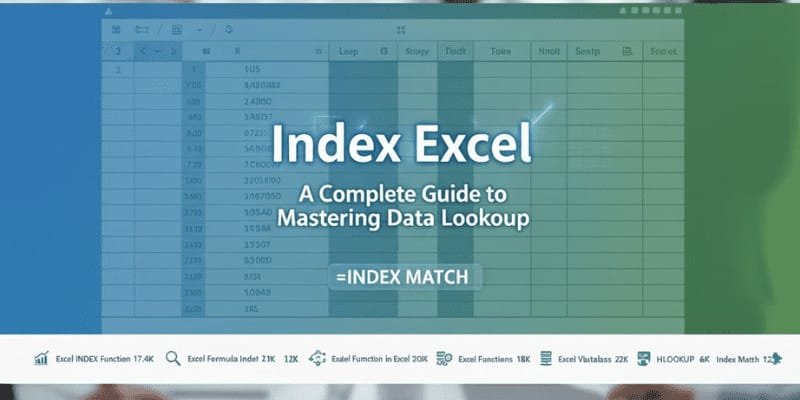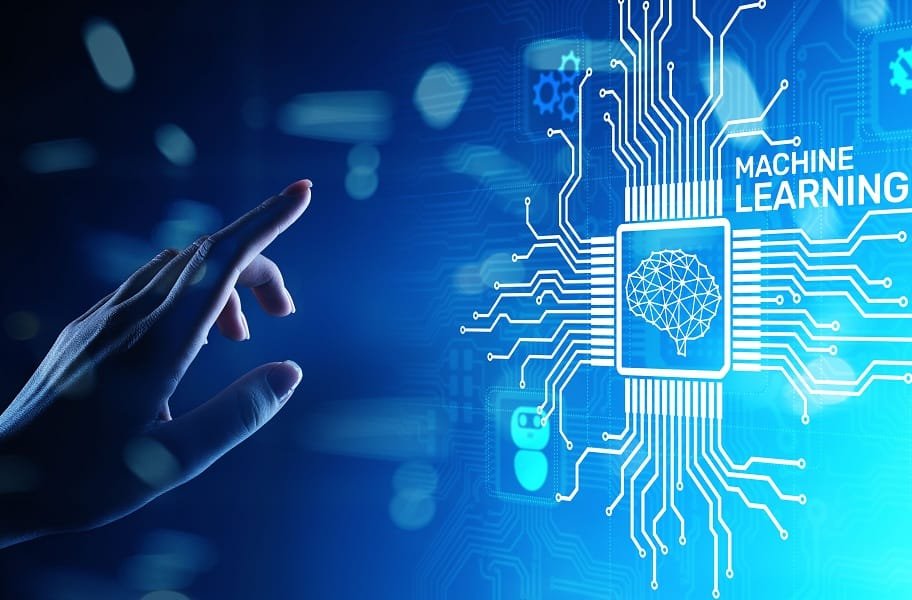Smart city projects are the future of urban living. They use technology and data to improve residents’ lives. They also make operations more efficient and promote sustainability. Cities worldwide want to become smarter. Several key technologies play a big role in changing them. This essay explores the key technologies driving smart city projects. They include the Internet of Things (IoT), big data, and analytics. They include artificial intelligence (AI), cloud computing, 5G, blockchain, and renewable energy.
Internet of Things (IoT)
The Internet of Things (IoT) is a network of connected devices that communicate and share data with each other and with centralized systems. IoT is key to smart city projects, as it creates a quick and efficient urban environment.
Applications
- Smart Infrastructure uses IoT sensors embedded in roads, bridges, and buildings. These sensors monitor structural health, identify maintenance needs, and enhance safety.
- Traffic Management is a field that uses IoT devices, including traffic lights, cameras, and sensors. These devices collect real-time traffic data to optimize traffic flow and reduce congestion.
- Environmental Monitoring: IoT devices measure air quality, noise levels, and water quality. They provide data for environmental management and pollution control.
- Waste Management: Smart bins have IoT sensors. They monitor waste levels and optimize collection routes. This cuts costs and environmental impact.
- Energy Management: IoT-based smart grids monitor energy use. They manage load distribution and use renewable energy well.
Benefits
- Efficiency: IoT improves the efficiency of urban services and infrastructure management.
- Real-Time Data: Provides real-time data for decision-making and predictive maintenance.
- Cost Savings: Reduces operational costs through automation and optimized resource use.
Challenges
- Security: Ensuring the security of IoT devices and networks against cyber threats.
- Interoperability: Integrating devices from different manufacturers and ensuring seamless communication.
- Data Management: Handling large volumes of data generated by IoT devices.
Big Data and Analytics
Overview
Big data refers to vast amounts of data. The data comes from many sources, including IoT devices, social media, public records, etc. In smart city projects, big data analytics is key. It extracts insights from data, which inform urban planning and management.
Applications
- Urban planners analyze data from many sources to understand population growth, housing trends, and infrastructure needs.
- Public Safety: They use data analytics to predict crime hotspots. They also use it to optimize emergency response and enhance surveillance.
- Transportation: We analyze traffic patterns and study public transit use to improve transit systems and cut congestion.
- Healthcare: Using data analytics to monitor public health trends, manage healthcare resources, and improve service delivery.
- Utilities Management: Analyzing consumption patterns for water, electricity, and gas to optimize supply and reduce waste.
Benefits
- Informed Decision-Making: Provides data-driven insights for better decision-making.
- Predictive Analytics: Enables predictive maintenance and proactive management of urban infrastructure.
- Resource Optimization: Optimizes resource allocation and reduces waste.
Challenges
- Data Privacy: Ensuring the privacy and security of personal data.
- Data Integration: Integrating data from diverse sources and formats.
- Analytical Complexity: Developing advanced analytics capabilities and algorithms.
Artificial Intelligence (AI)
Overview
AI includes a range of technologies that enable machines to mimic human intelligence. These include machine learning, natural language processing, and computer vision. AI is a cornerstone of smart city projects, driving automation and intelligent decision-making.
Applications
- Smart Transportation uses AI algorithms. They optimize traffic signals, predict traffic jams, and enable self-driving cars.
- Public Safety: AI-powered surveillance systems detect unusual activities and enhance law enforcement capabilities.
- Healthcare: AI assists in diagnosing diseases, predicting health trends, and personalizing patient care.
- Energy Management: AI algorithms predict energy demand, optimize distribution and integrate renewable energy sources.
- Citizen Services: AI chatbots provide 24/7 customer support, answer queries, and streamline public service delivery.
Benefits
- Automation: Automates routine tasks and processes, improving efficiency.
- Predictive Capabilities: Enhances predictive maintenance and proactive management.
- Personalization: Offers personalized services and solutions to citizens.
Challenges
- Ethical Concerns: Addressing biases in AI algorithms and ensuring ethical use of AI.
- Skill Gaps: You need to develop the skills and expertise. You need them to implement and manage AI systems.
- Cost: High initial investment in AI technologies and infrastructure.
Cloud Computing
Overview
Cloud computing provides on-demand access to computing resources. These include storage, processing power, and applications. They are accessed over the internet. It is a key enabler of smart city projects. It offers scalability, flexibility, and low cost.
Applications
- Data Storage and Management: Cloud platforms store and manage the vast amounts of data smart city systems generate.
- Application Hosting: Smart city applications like traffic management systems and citizen portals are hosted on cloud platforms.
- Collaboration: Cloud-based collaboration tools enable city officials and stakeholders to work together efficiently.
- Disaster Recovery: Cloud services provide robust disaster recovery solutions, ensuring continuity of services.
Benefits
- Scalability: Easily scales to accommodate growing data and application needs.
- Cost-Effectiveness: Reduces the need for upfront investment in IT infrastructure.
- Accessibility: Provides access to data and applications from anywhere, anytime.
Challenges
- Security: Ensuring the security and privacy of data stored in the cloud.
- Dependence on Internet Connectivity: Reliable Internet connectivity is essential for accessing cloud services.
- Vendor Lock-In: Avoiding dependence on a single cloud provider and ensuring data portability.
5G Connectivity
Overview
5G is the fifth generation of mobile network technology. It offers higher speeds, lower latency, and greater capacity than earlier generations. It’s critical for smart city projects. It supports the seamless connection of many devices and applications.
Applications
- Smart Infrastructure: 5G supports fast data transfer. This speed is needed for real-time monitoring and control of smart infrastructure.
- Autonomous Vehicles: Enables reliable communication between autonomous vehicles and traffic management systems.
- Healthcare: Facilitates remote patient monitoring and telemedicine with high-speed, low-latency connectivity.
- Public Safety: Enhances the capabilities of surveillance systems and emergency response services.
- Entertainment and Tourism: It provides immersive experiences through augmented reality (AR) and virtual reality (VR) apps.
Benefits
- High Speed and Low Latency: Supports real-time applications and services.
- Increased Capacity: Handles a large number of connected devices efficiently.
- Reliability: Ensures reliable communication for critical applications.
Challenges
- Infrastructure Investment: Significant investment in 5G infrastructure and equipment is required.
- Coverage: Ensuring comprehensive coverage, particularly in densely populated urban areas.
- Security: Addressing potential security vulnerabilities in 5G networks.
Blockchain
Overview
Blockchain is a distributed ledger technology. It provides a secure, transparent, and tamper-proof way to record transactions. In smart city projects, blockchain enhances various applications’ trust, security, and efficiency.
Applications
- Identity Management: Blockchain provides citizens with secure and verifiable digital identities.
- Smart Contracts: Automates and enforces contract terms without intermediaries, improving efficiency and reducing costs.
- Supply Chain Management: Enhances transparency and traceability in supply chains.
- Voting Systems: Ensures secure, transparent, and tamper-proof voting processes.
- Energy Trading: Facilitates peer-to-peer energy trading, allowing citizens to buy and sell renewable energy directly.
Benefits
- Security: Provides a high level of security through cryptographic algorithms.
- Transparency: Enhances transparency and trust in transactions and processes.
- Decentralization: Reduces dependence on centralized authorities and intermediaries.
Challenges
- Scalability: Addressing the scalability issues of blockchain technology.
- Regulatory Compliance: Navigating regulatory challenges and ensuring compliance.
- Integration: Integrating blockchain with existing systems and processes.
Renewable Energy Systems
Overview
Renewable energy systems are critical to smart city projects. They include solar, wind, and hydro power. They promote sustainability, reduce carbon emissions, and enhance energy security.
Applications
- Solar Power: Solar panels installed on buildings, streetlights, and public spaces generate clean energy.
- Wind Power: Wind turbines provide renewable energy for urban areas, particularly in regions with high wind potential.
- Hydroelectric Power: Small-scale hydroelectric plants generate electricity from local water sources.
- Energy Storage: Battery storage systems store excess energy generated from renewable sources for use during peak demand periods.
- Smart Grids: Integrate renewable energy sources with traditional power grids, optimizing energy distribution and usage.
Benefits
- Sustainability: Reduces reliance on fossil fuels and lowers carbon emissions.
- Energy Security: Enhances energy security by diversifying energy sources.
- Cost Savings: Reduces energy costs through the use of renewable sources and energy-efficient technologies.
Challenges
- Initial Investment: High initial costs for installing renewable energy systems.
- Intermittency: Managing the intermittent nature of renewable energy sources.
- Grid Integration: Ensuring seamless integration with existing power grids.
Conclusion
Smart city projects use many advanced technologies. These technologies work together to make cities more efficient, sustainable, and livable. The Internet of Things (IoT), big data, analytics, AI, and cloud computing are crucial. So are 5G connectivity, blockchain, and renewable energy. By using these technologies, cities can address many challenges. They can also improve residents’ quality of life and achieve their sustainability goals. These technologies continue to evolve. They will have a growing impact on smart city projects. They will pave the way for more innovative and connected urban landscapes.















Leave a Reply